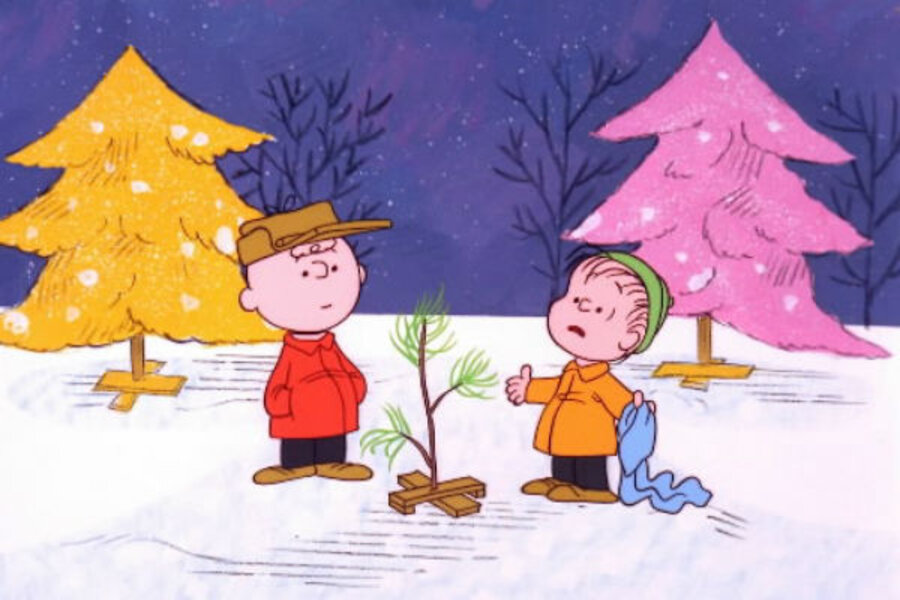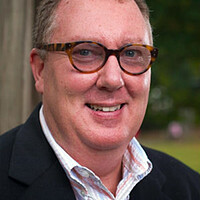Holiday parenting: How the holiday liturgy of light creates a global family
Loading...
| Philadelphia
As a school principal, I’ve wrestled for years to find a satisfying expression of seasonal joy and inspiration while working in a diverse religious or irreligious community. What tradition can we all embrace at this time of year without making the moment fraught with conflict or overlap or over-sensitivity regarding individual religious tradition?
The school concert last week was “the winter concert,” not even the holiday concert. Christmas, Hanukkah, New Years all blend as “winter vacation.” We balance the songs and music originating in different traditions in order to be inclusive — all good. The words of well wishing often catch in the utterance. “Merry Christmas,” said a fourth grader to her Jewish teacher. Ooops! “It’s OK to wish me Merry Christmas,” said her teacher! Language and religious traditions collide; graciousness and understanding trump the inadvertent over-sensitivities. We deal.
But I still seek the language we can all embrace, the words that staunch the hindrance we feel to reach beyond the murky clouds of unshared doctrine, liturgy, or tradition that inhibit our celebration. Where is an ecumenical, civil, secular liturgy and ritual we can all join? How do we unite in something soulful, beyond the commercialism that also permeates the season?
This is a precious moment in the calendar of the world’s religious traditions, as people and their villages have known and celebrated since the very beginning of settlement and stories. The oldest observance must be the death and birth of the year, the Winter solstice, the celebration of new life. Eventually the imagery came to convey the break through of inspiration and spirituality — as exemplified by light.
The season embraces our deepest inclination to cherish light and push back darkness; to celebrate family and friends around table and hearth; to make room for all things new and anticipate the longest day toward which we wend, the summer solstice at the opposite end of the celestial year.
For this season, in our family and in my schools, we have always shared Susan Cooper’s poem “The Shortest Day.” It alludes to the revels of this solstice and the global traditions we hail from, and also helps with the anticipation of the next solstice. The possibilities expand for each of us, as we allow them to adhere.
So the shortest day came,
and the year died,
And everywhere down the centuries
of the snow-white world
Came people singing, dancing,
To drive the dark away.
They lighted candles in the winter trees;
They hung their homes with evergreen;
They burned beseeching fires all night long
To keep the year alive.
And when the new year's sunshine blazed awake
They shouted, revelling.
Through all the frosty ages you can hear them
Echoing, behind us — listen!
All the long echoes sing the same delight,
This shortest day,
As promise wakens in the sleeping land;
They carol, feast, give thanks,
And dearly love their friends,
and hope for peace.
Can we all find ourselves in these lines?
May your family’s holidays and vacation days be filled with this same delight, followed by New Year’s sunshine and revelry. And may we all experience the promise of peace and love and gratitude that the season is bound to awaken in us — regardless of where we as individuals think it comes from.
Todd R. Nelson is Head of School at The School in Rose Valley, PA.






